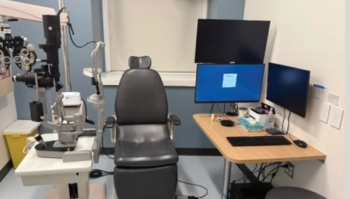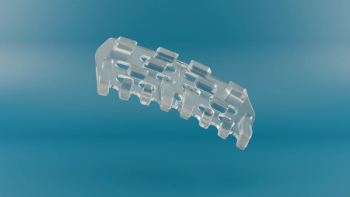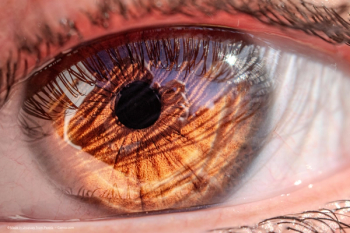
Preservative-free formulations of interest to doctors
Participants in a survey showed low awareness that this option was available for patients with glaucoma.
Ocular surface disease can be a problem in patients who are chronic users of topical IOP-lowering medications, and this concept is borne out by the results of a recent ophthalmologist opinion survey. The survey also showed that ophthalmologists would welcome preservative-free formulations for treating patients with ocular hypertension and glaucoma, but the polled participants had low awareness that such an option already exists in preservative-free timolol maleate 0.25% and 0.5% (Timoptic in Ocudose, Aton Pharma).
"For patients who have ocular surface problems while using topical IOP-lowering medications, it is important to identify whether they have blepharitis and/or dry eye disease and address those conditions with targeted intervention," said Dr William Trattler, who reviewed the survey results for its sponsor, Alton Pharma. "Choosing or switching to preservative-free timolol may also be an appropriate option for managing ocular surface disease in some patients."
The survey was conducted online in March and included a nationwide sample of US ophthalmologists. Invitations were sent via email and only ophthalmologists who treated at least 20 patients with glaucoma per month were asked to participate. The survey was completed by 124 opthalmologists, including 36 glaucoma specialists and 40 cataract surgeons.
Almost all of the participants (97%) agreed that preservative-free glaucoma medications can enhance the ocular comfort of patients with glaucoma. The data also showed that a supermajority believe that preservative-free glaucoma medications can enhance patient quality of life (87%) and a similarly high proportion of the ophthalmologists (89%) said that not enough preservative-free glaucoma medications were available.
When asked more specifically about product availability, nearly half of respondents (47%) did not know that a preservative-free beta-blocker was available on the market. In addition, almost three-quarters of the opthalmologists asked (73%) said that the presence of preservatives affects their decision-making process for glaucoma therapy.
"Survey respondents acknowledged that preservatives in glaucoma medications may be a cause of a number of problems, including ocular surface disease, medication intolerance and patient non-compliance," said Trattler. He acknowledged that until he became involved in this project, he was also unaware of a preservative-free formulation of timolol.
Factors in decision making
Dr Trattler believes that the formulation could be a good option when a beta-blocker is an appropriate therapeutic choice in patients with pre-existing ocular surface disease or those at high risk, such as older patients or those with blepharitis. The decision also must consider the IOP-lowering activity of timolol and contraindications.
"A beta-blocker provides less IOP-lowering than a prostaglandin analogue," he concluded. "However, the preservative-free formulation of timolol maleate may be a reasonable option to help maintain ocular surface health for patients with ocular surface disease of those at risk if they have mildly elevated IOP associated with ocular hypertension or early glaucoma, or when add-on therapy is needed and assuming patient has no medical contraindications to use a topical non-selective beta-blocker.
Newsletter
Get the essential updates shaping the future of pharma manufacturing and compliance—subscribe today to Pharmaceutical Technology and never miss a breakthrough.












































